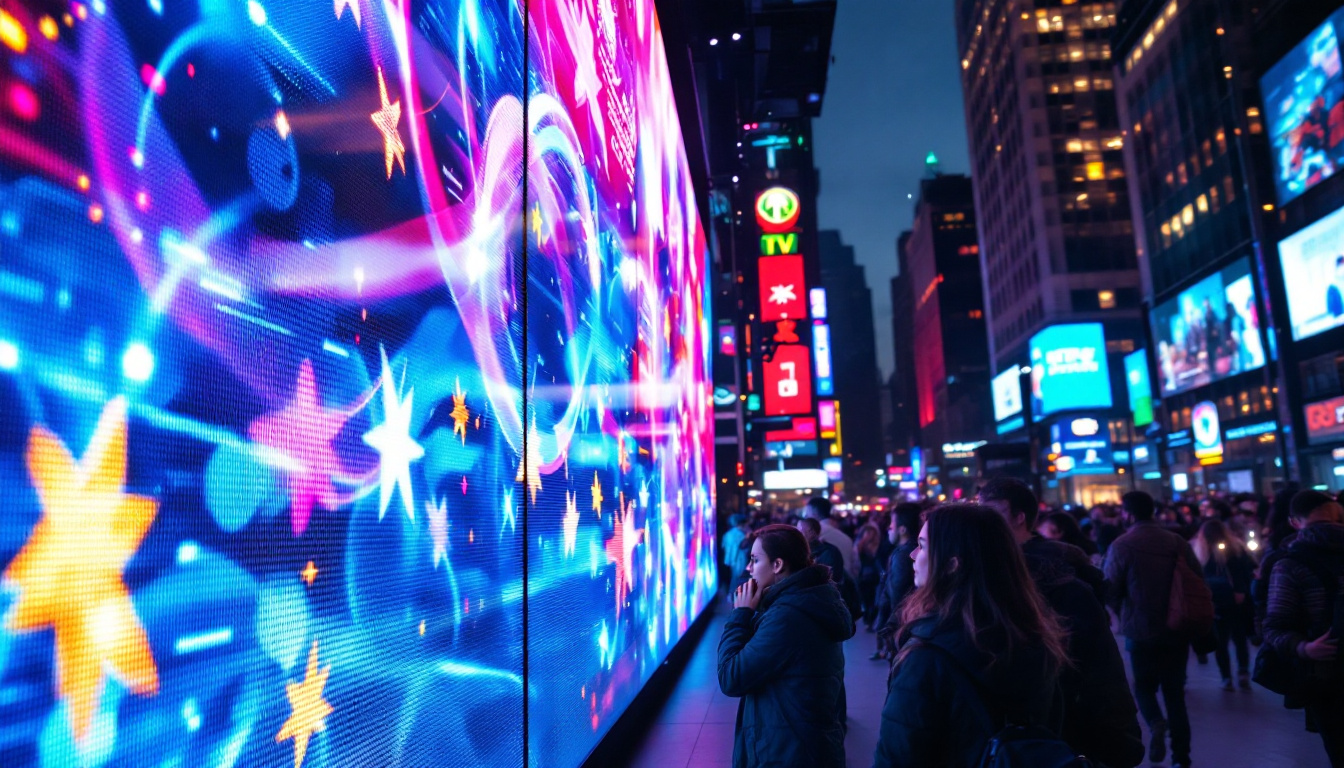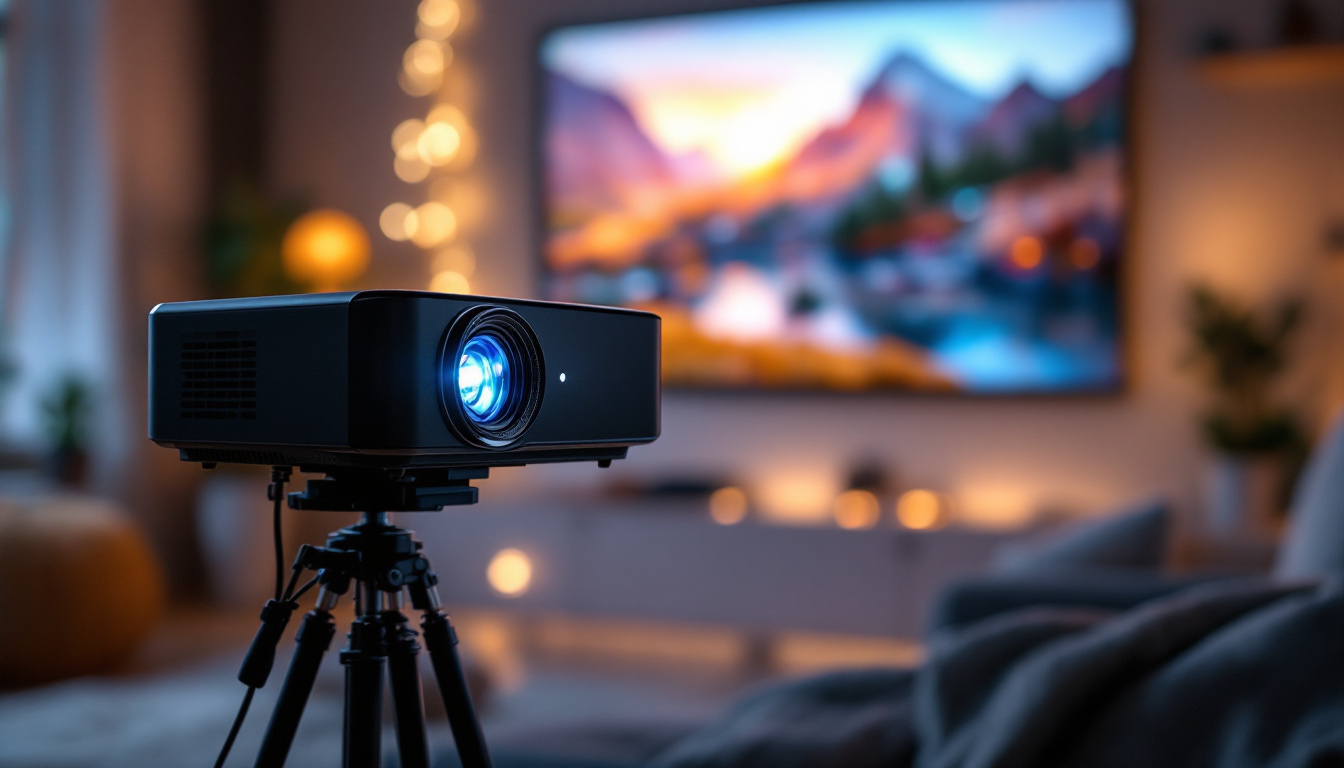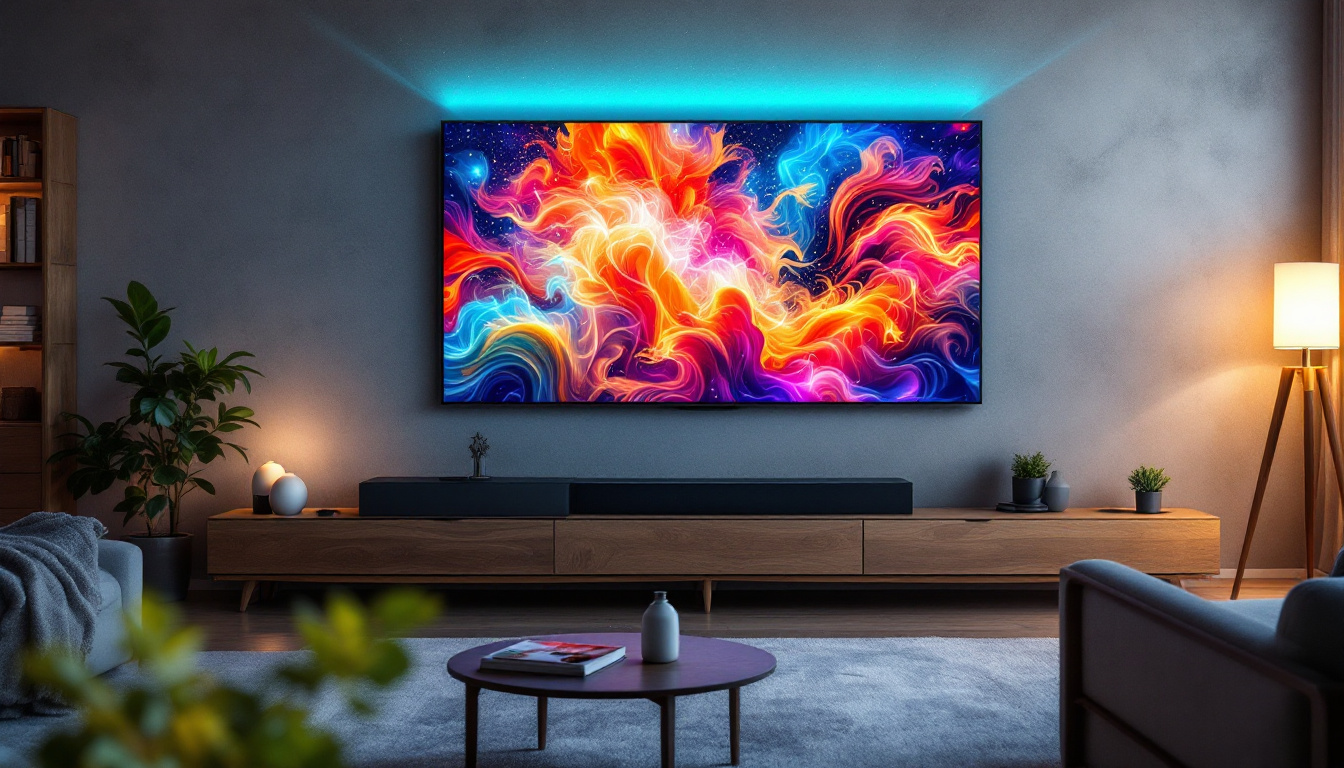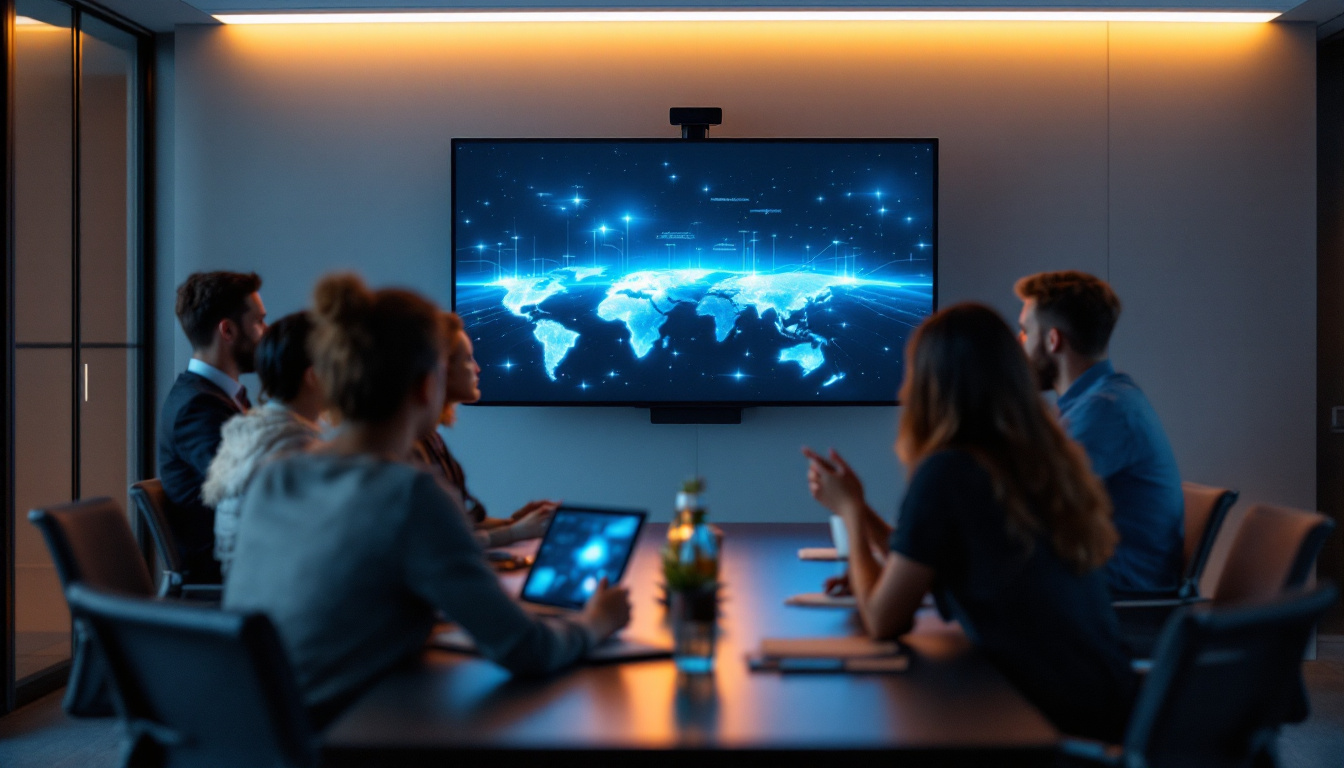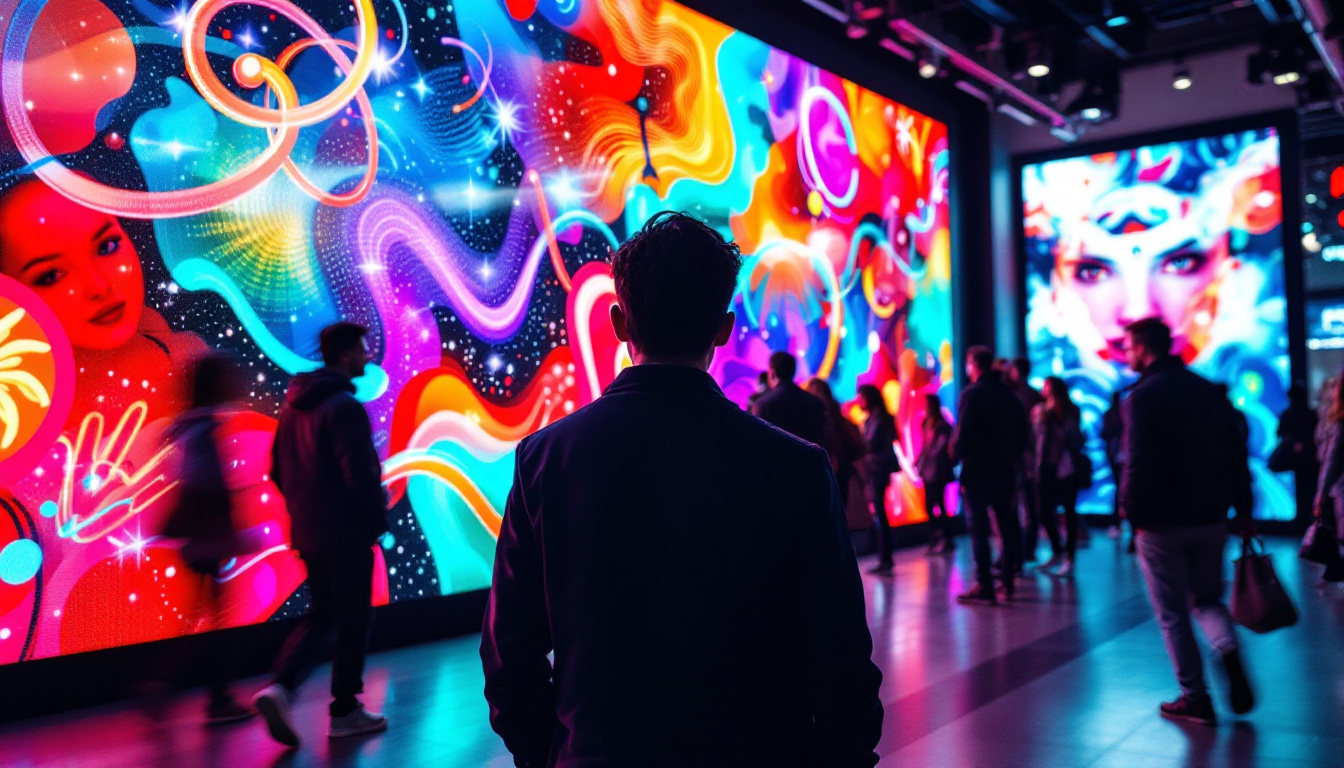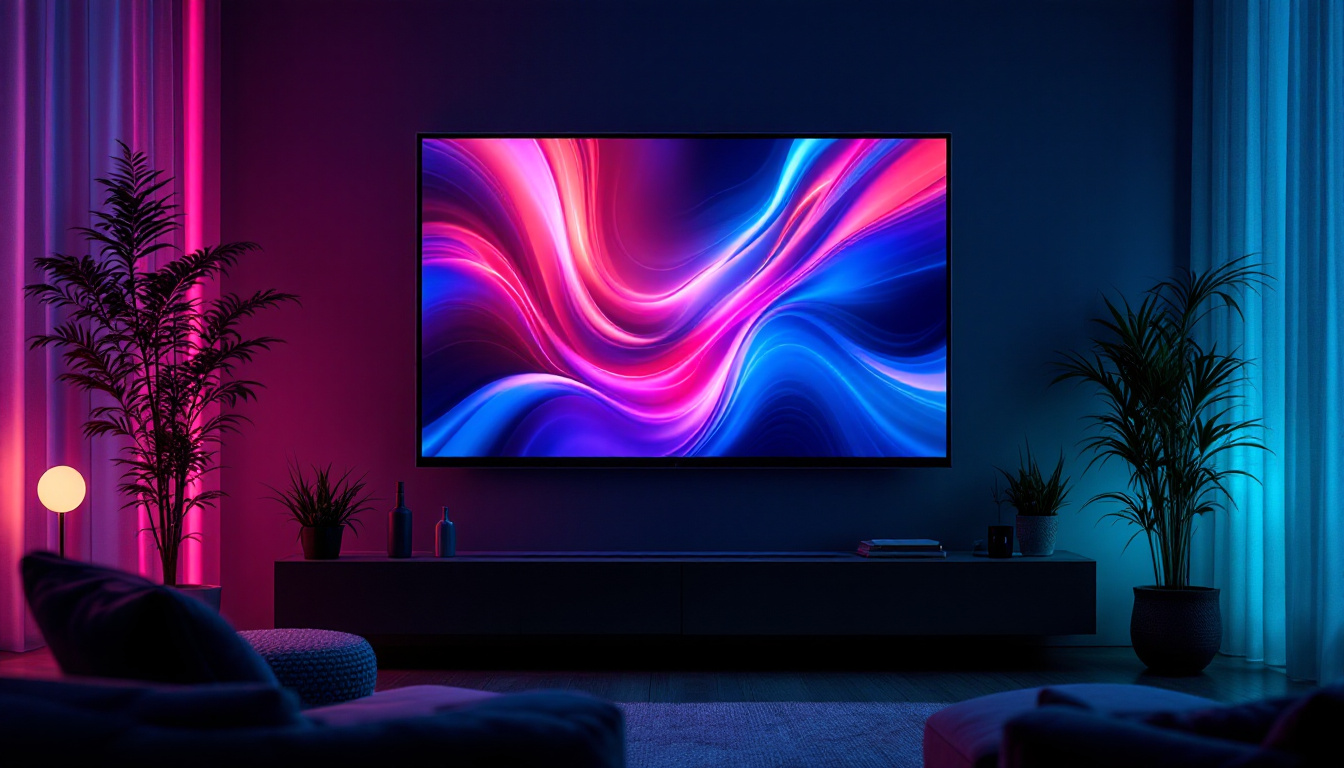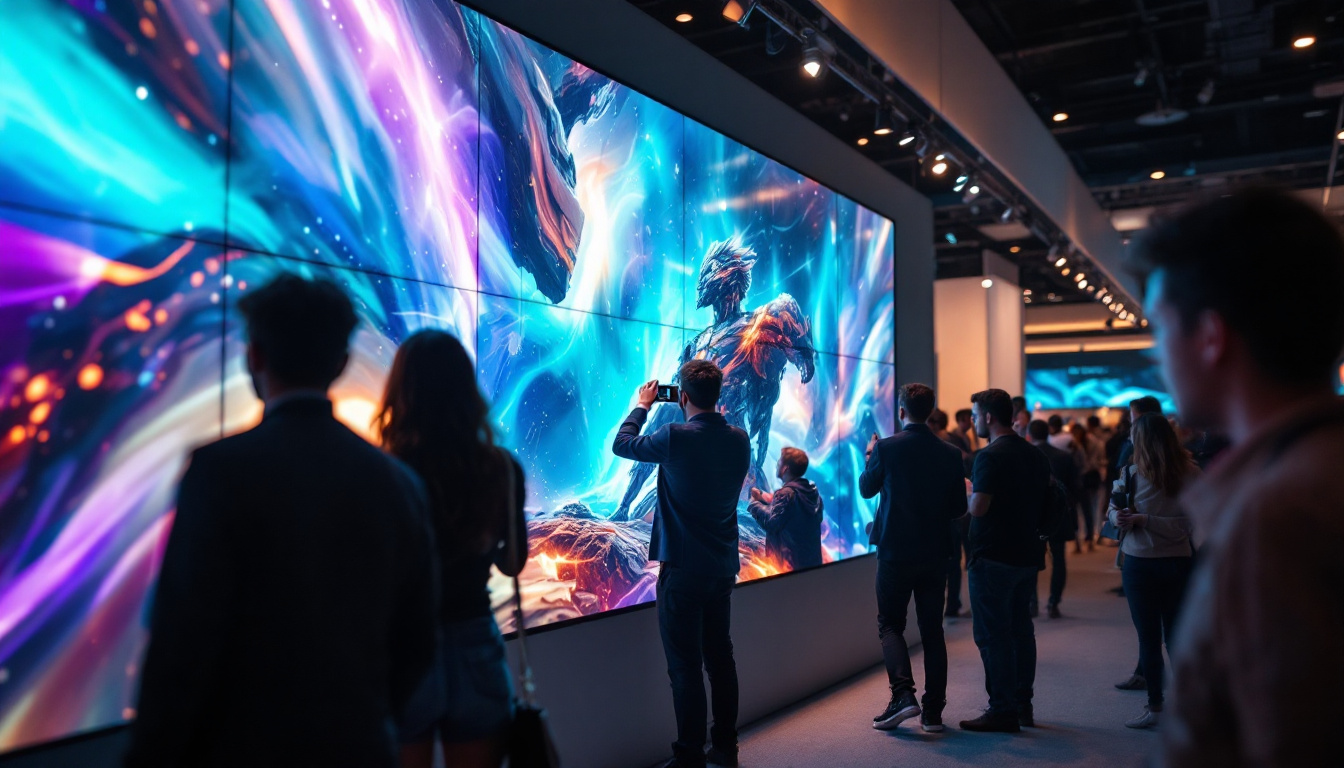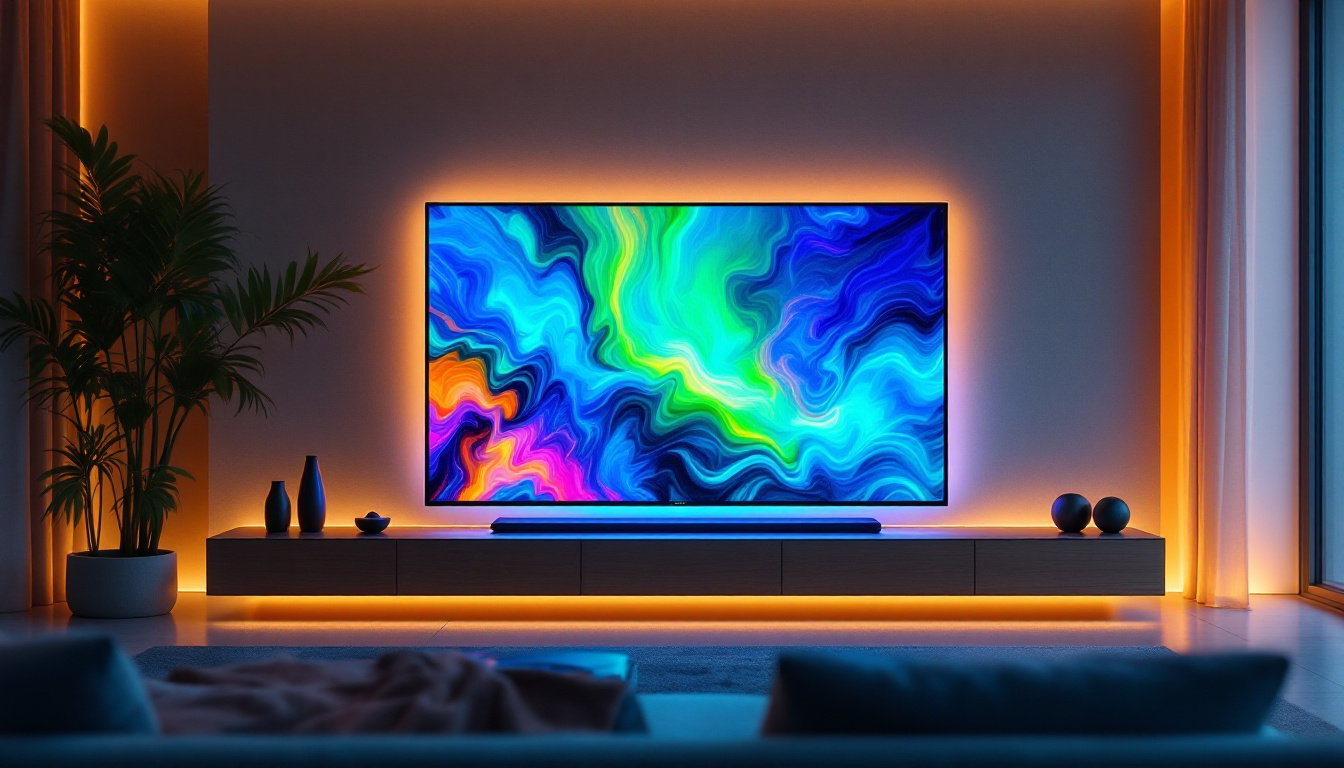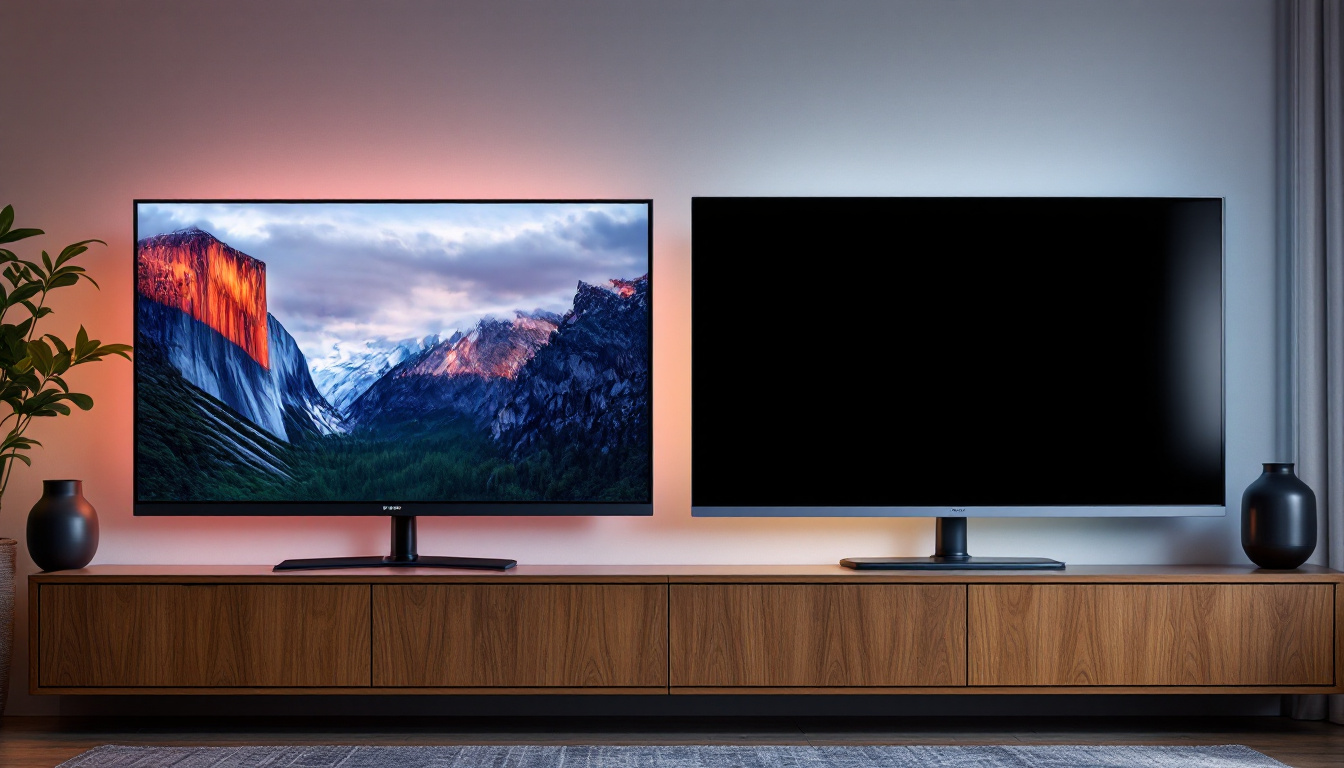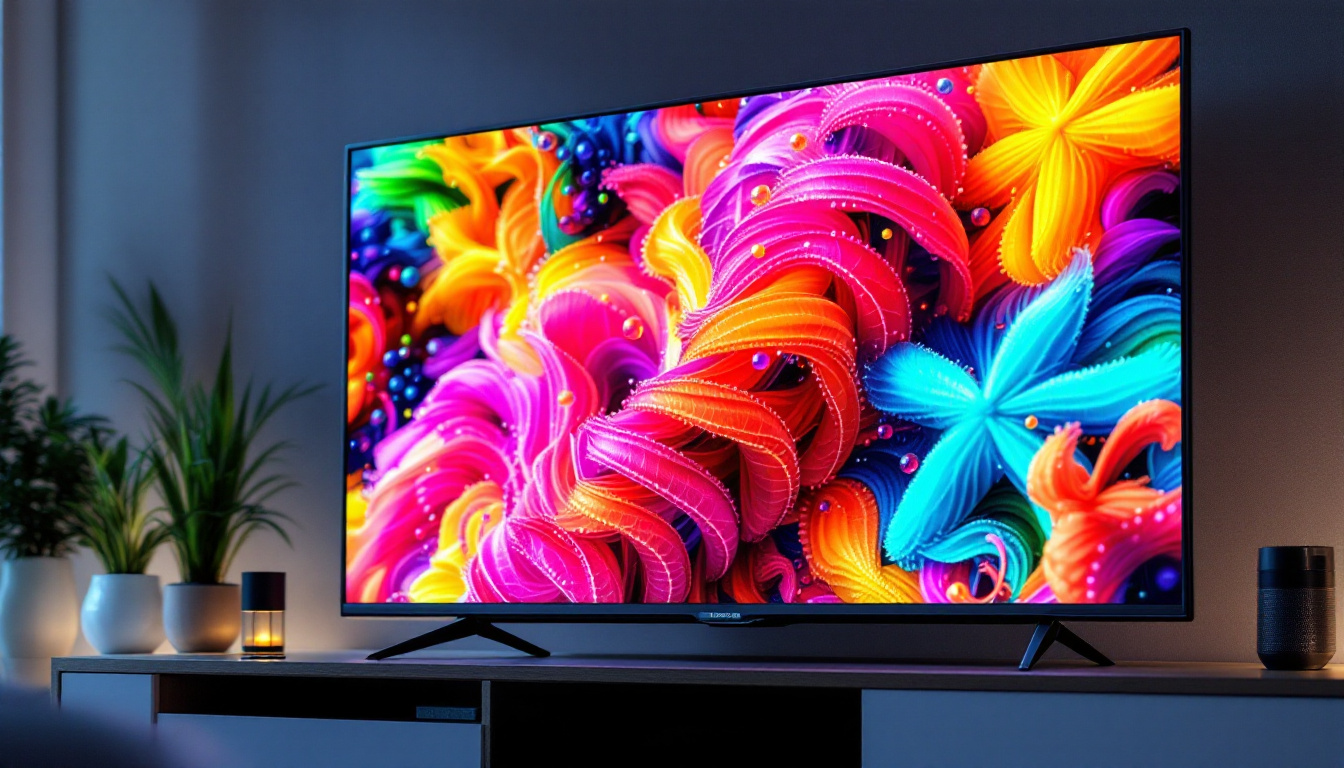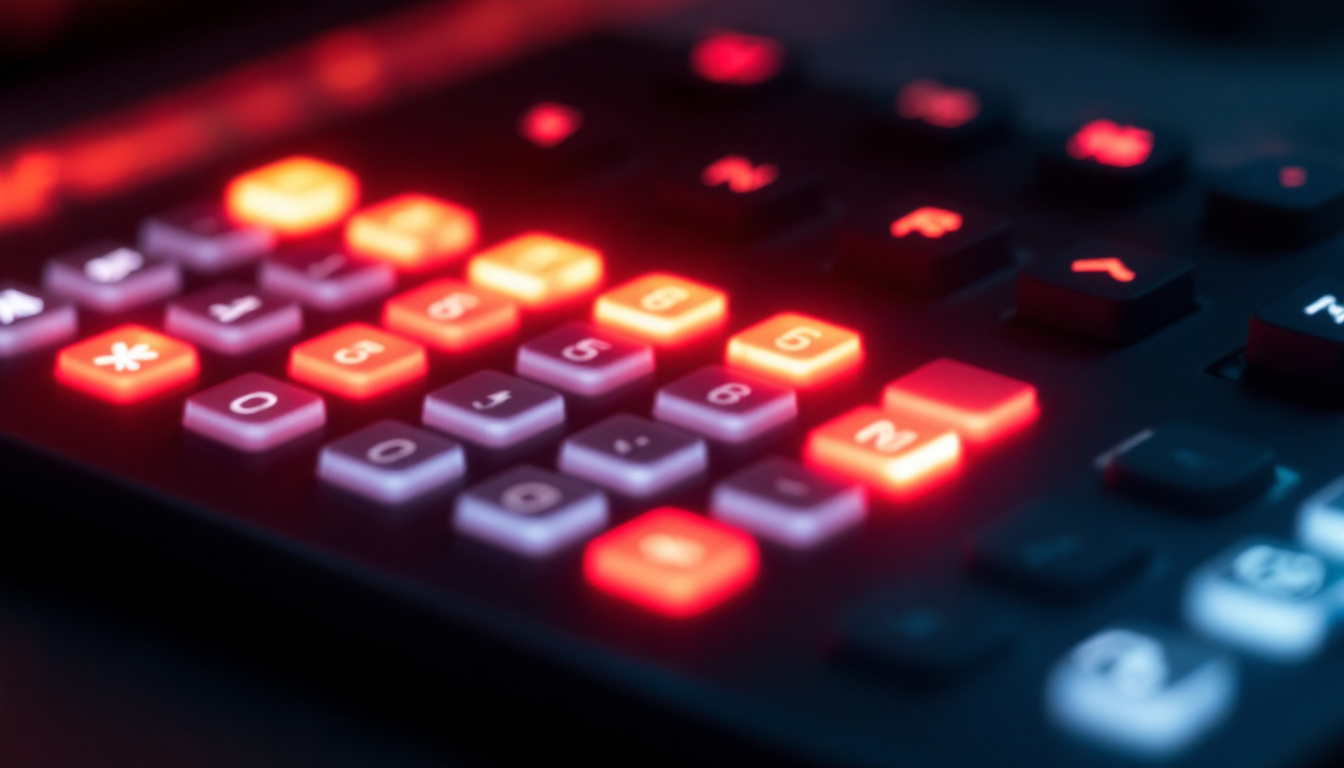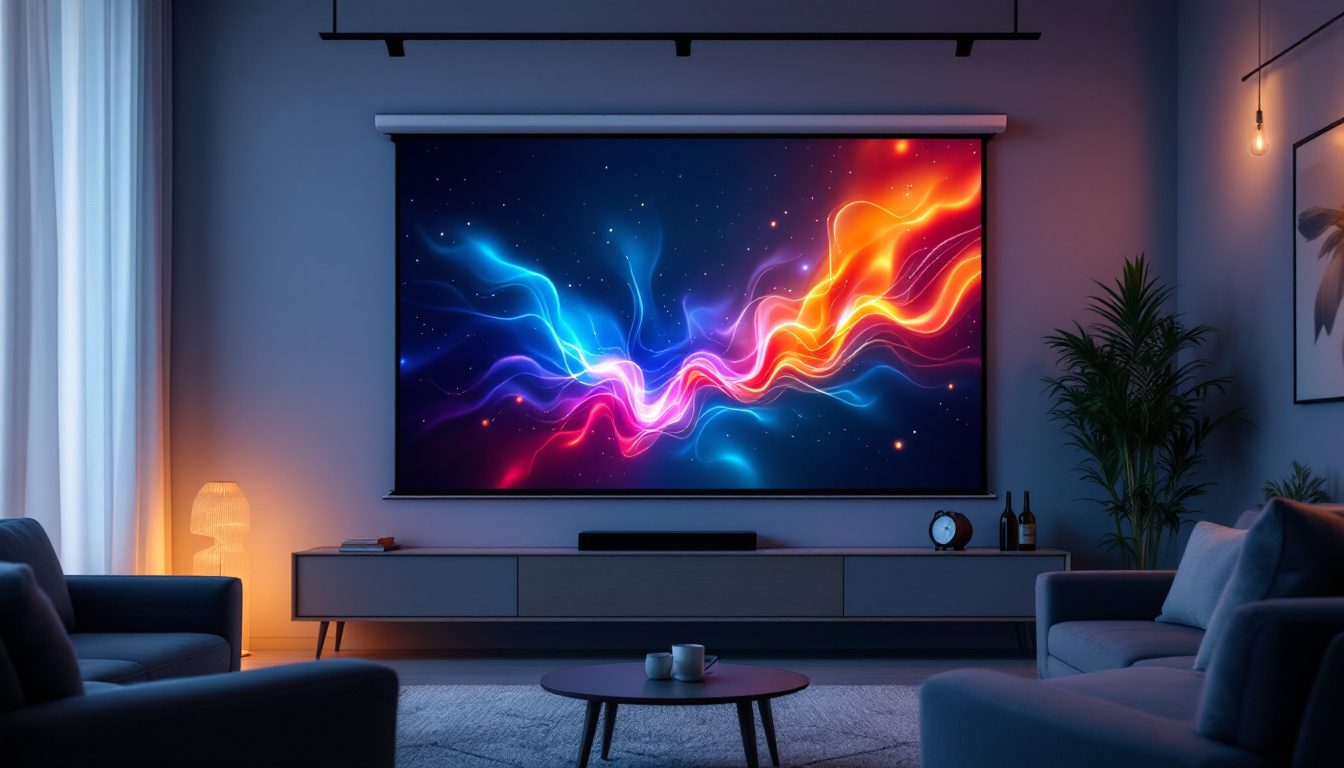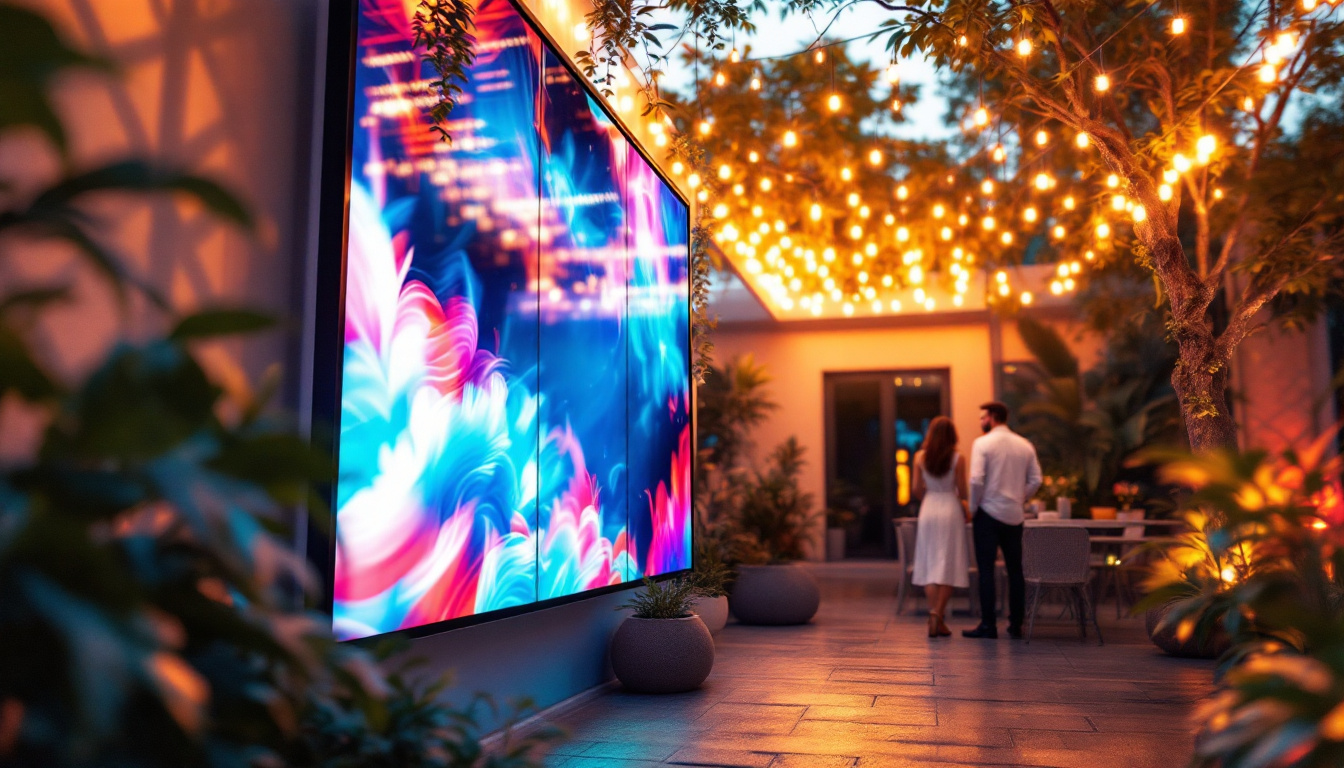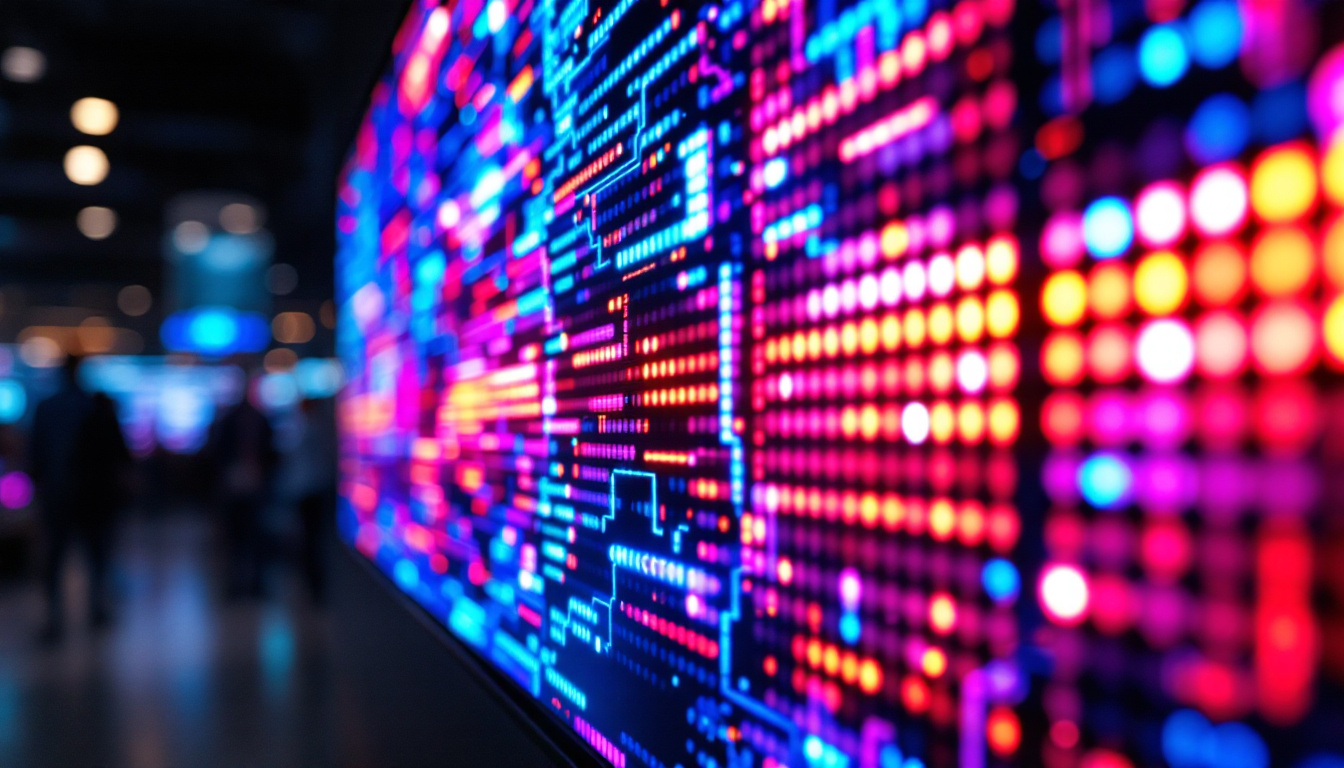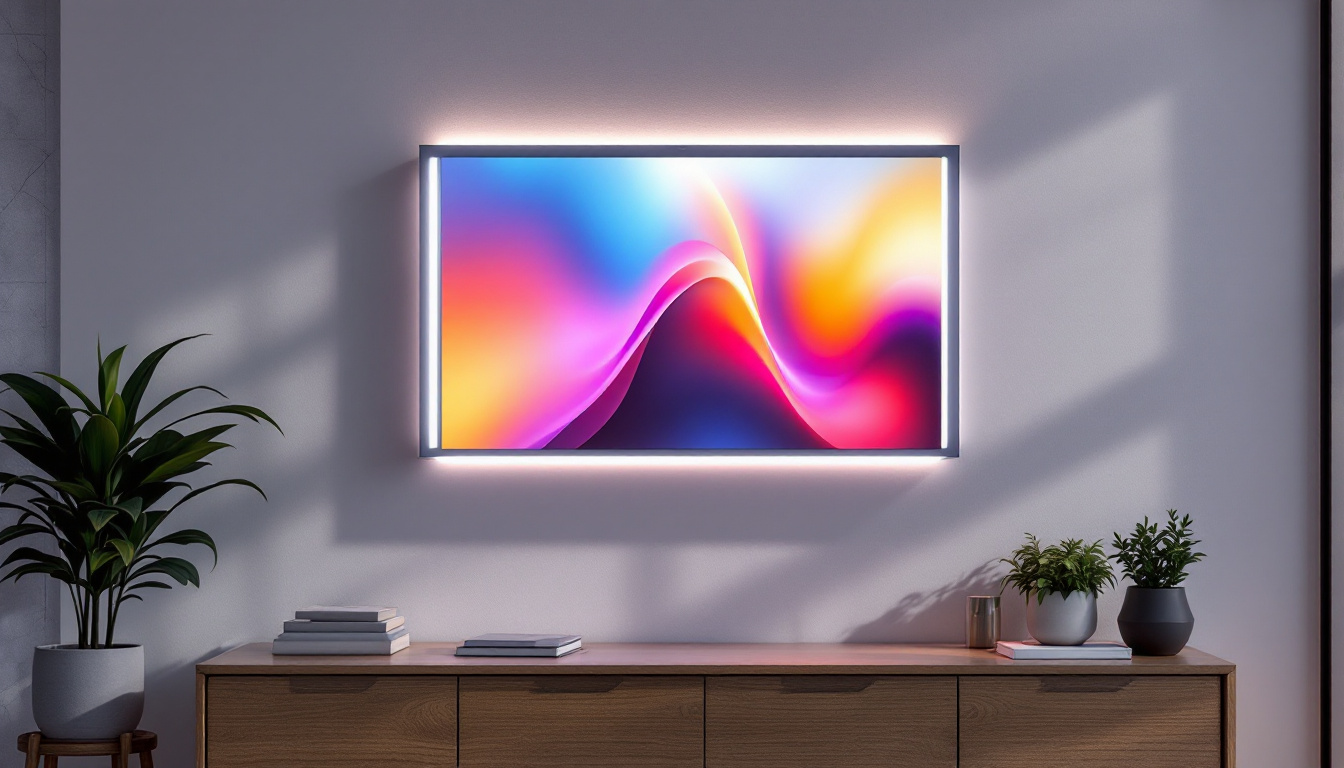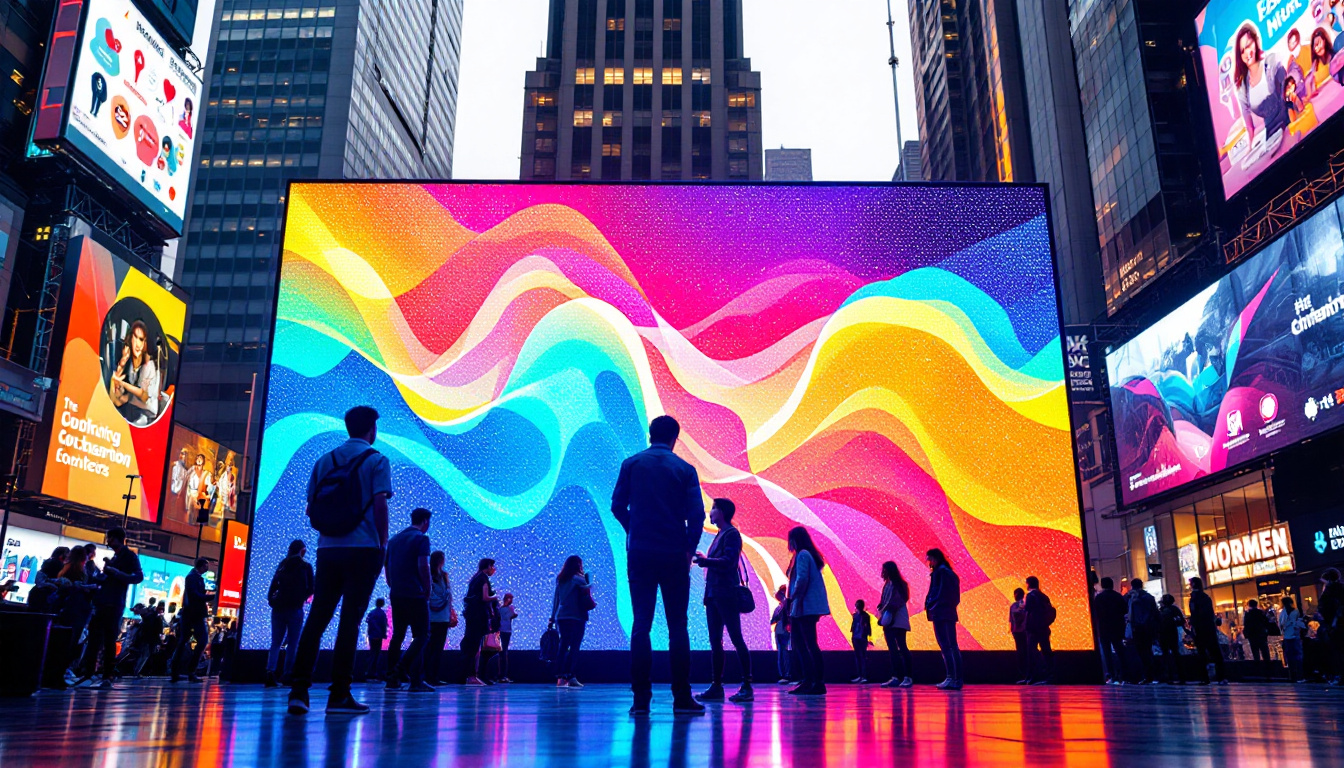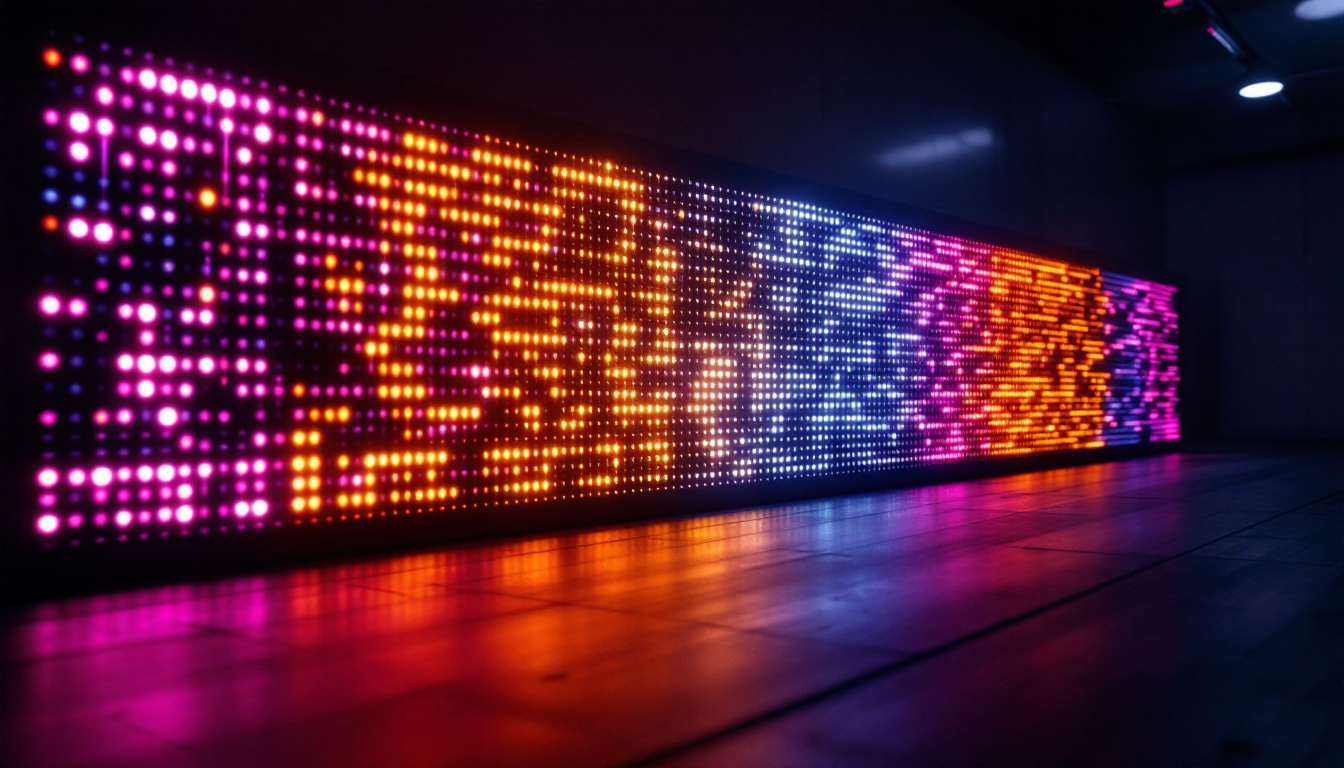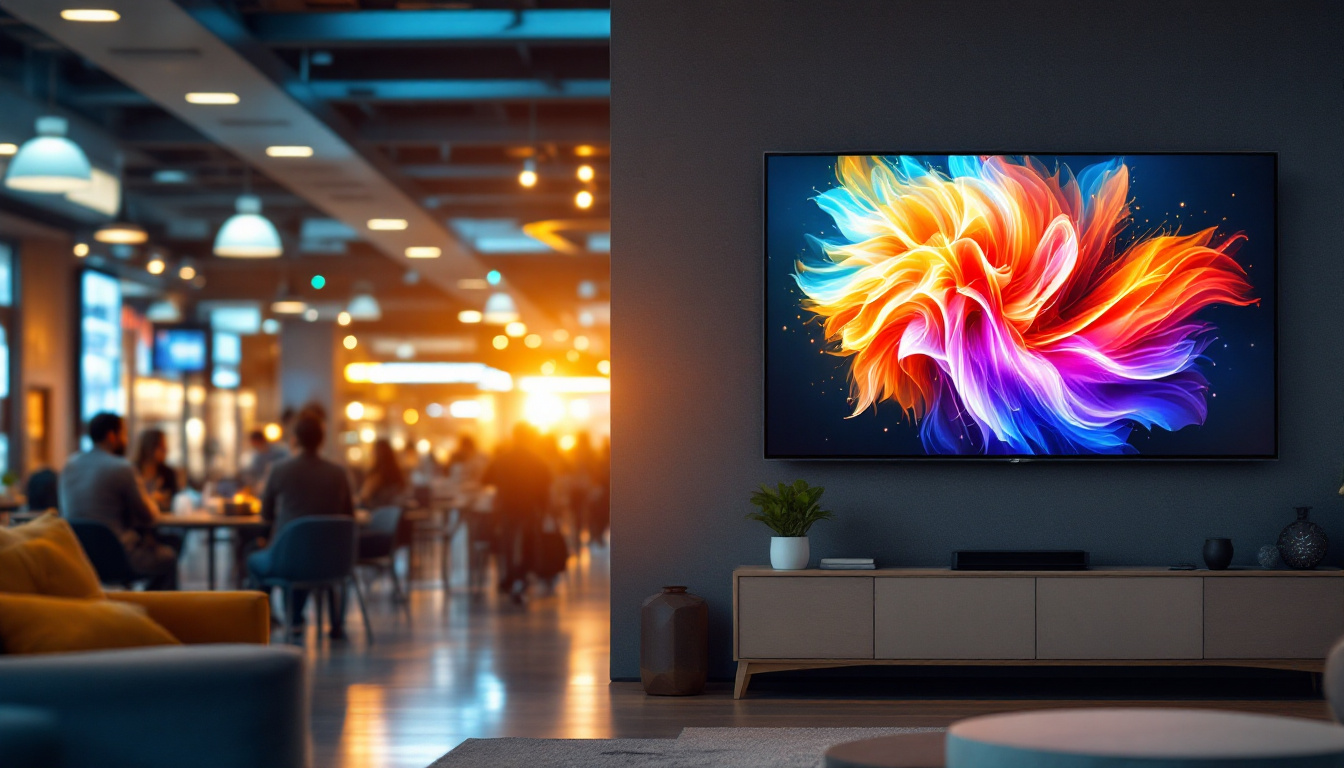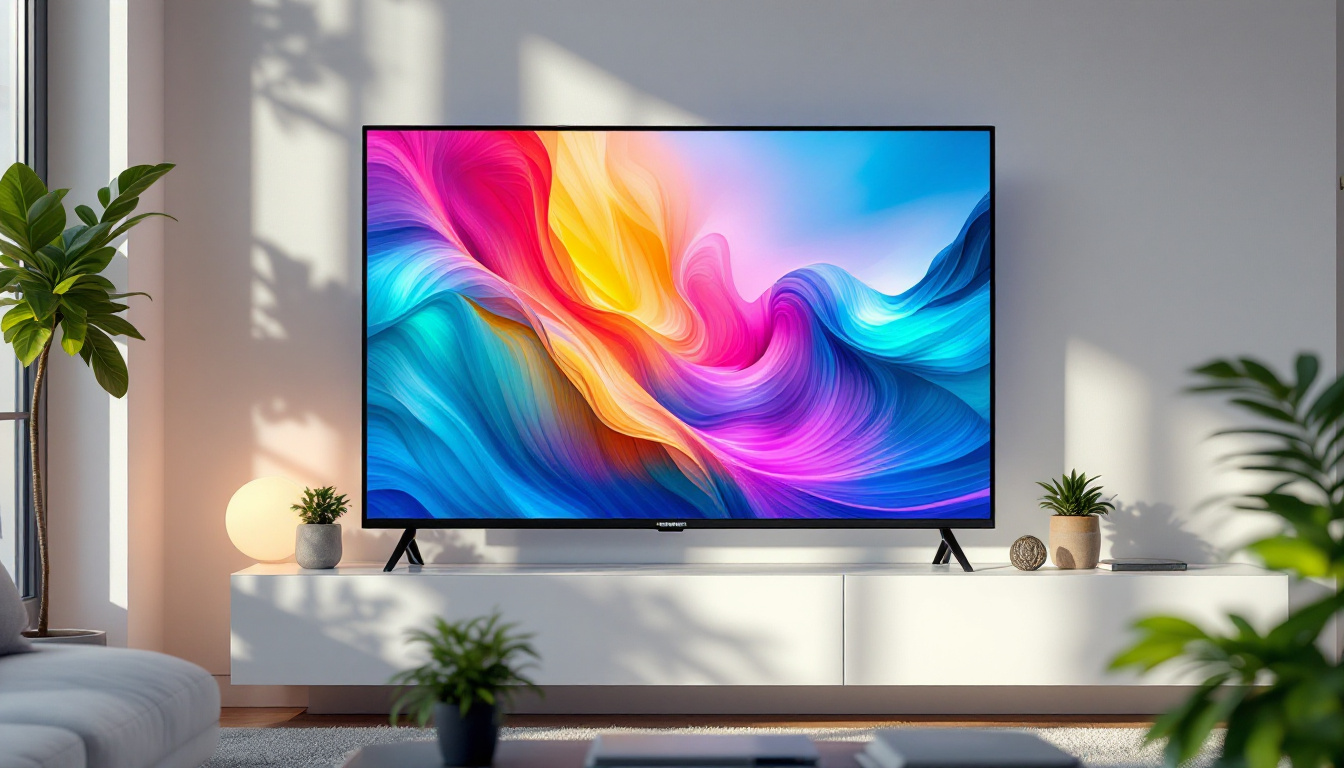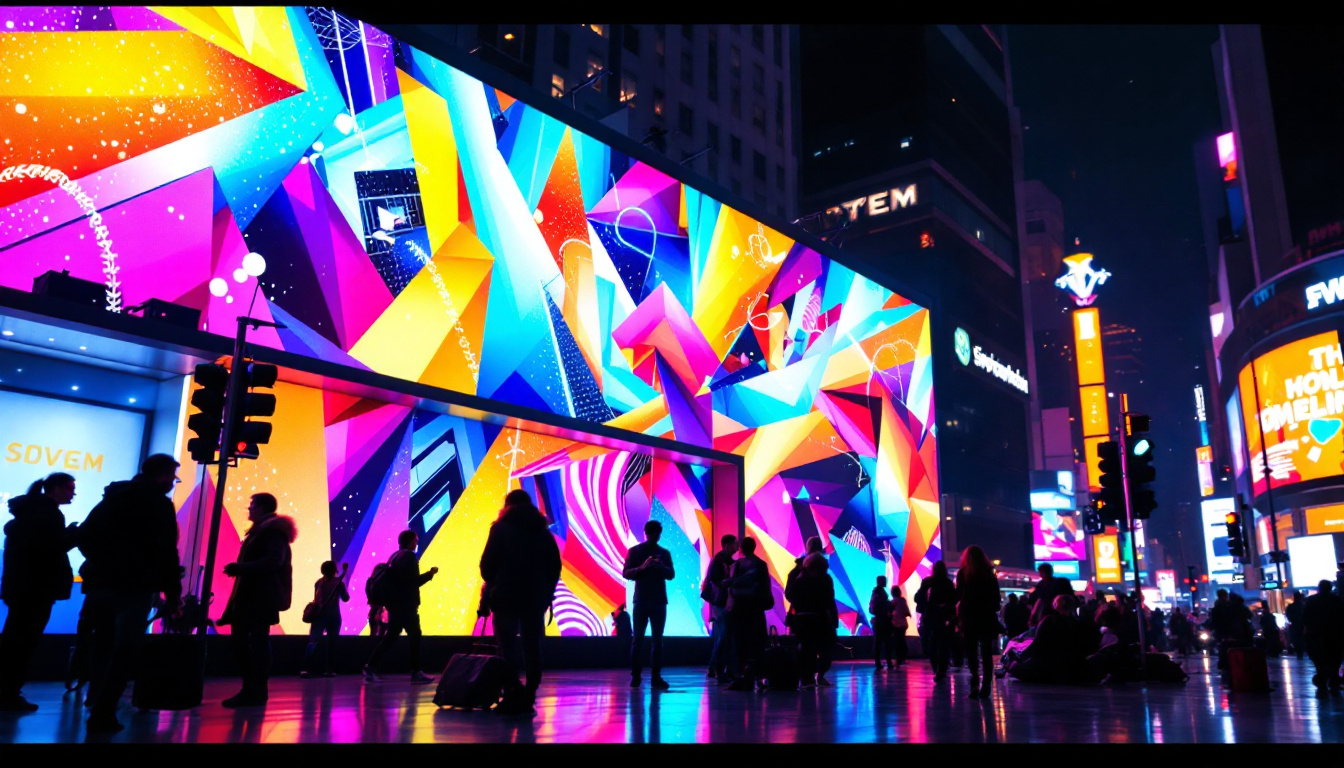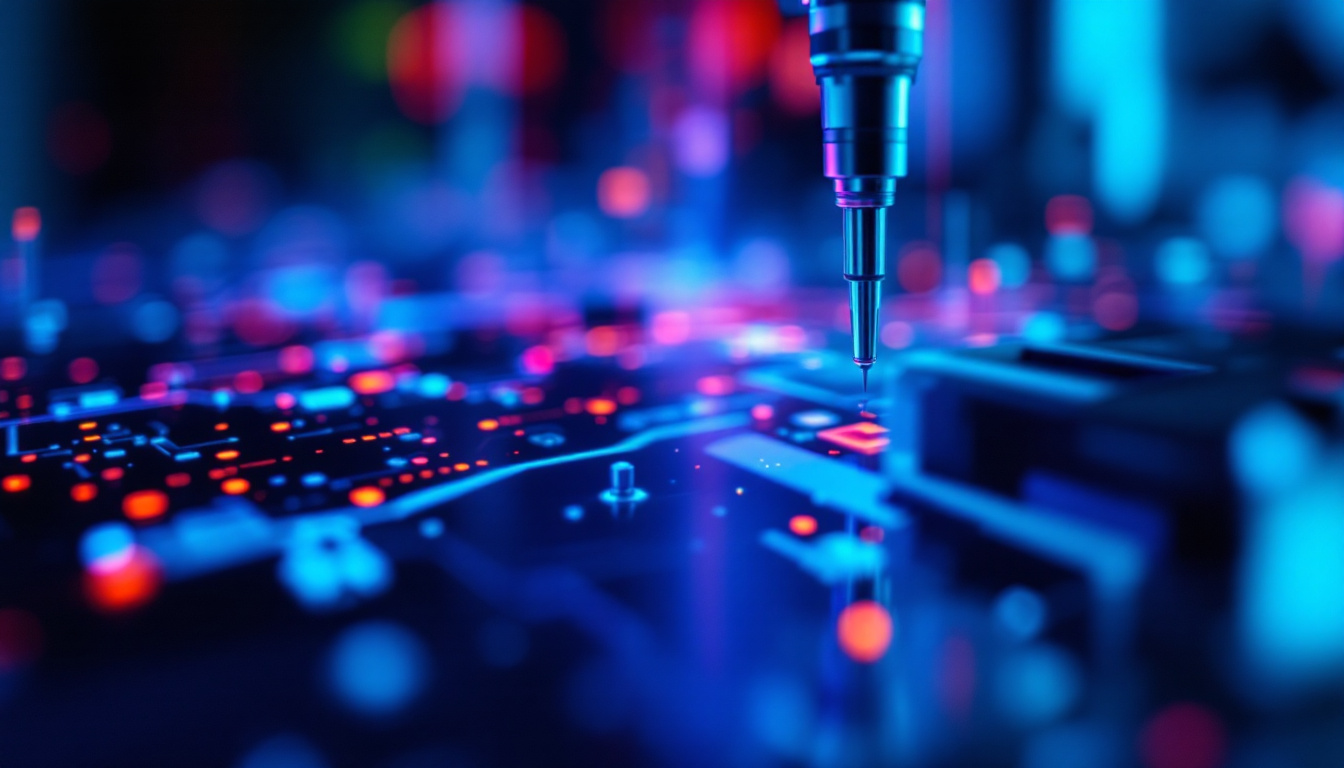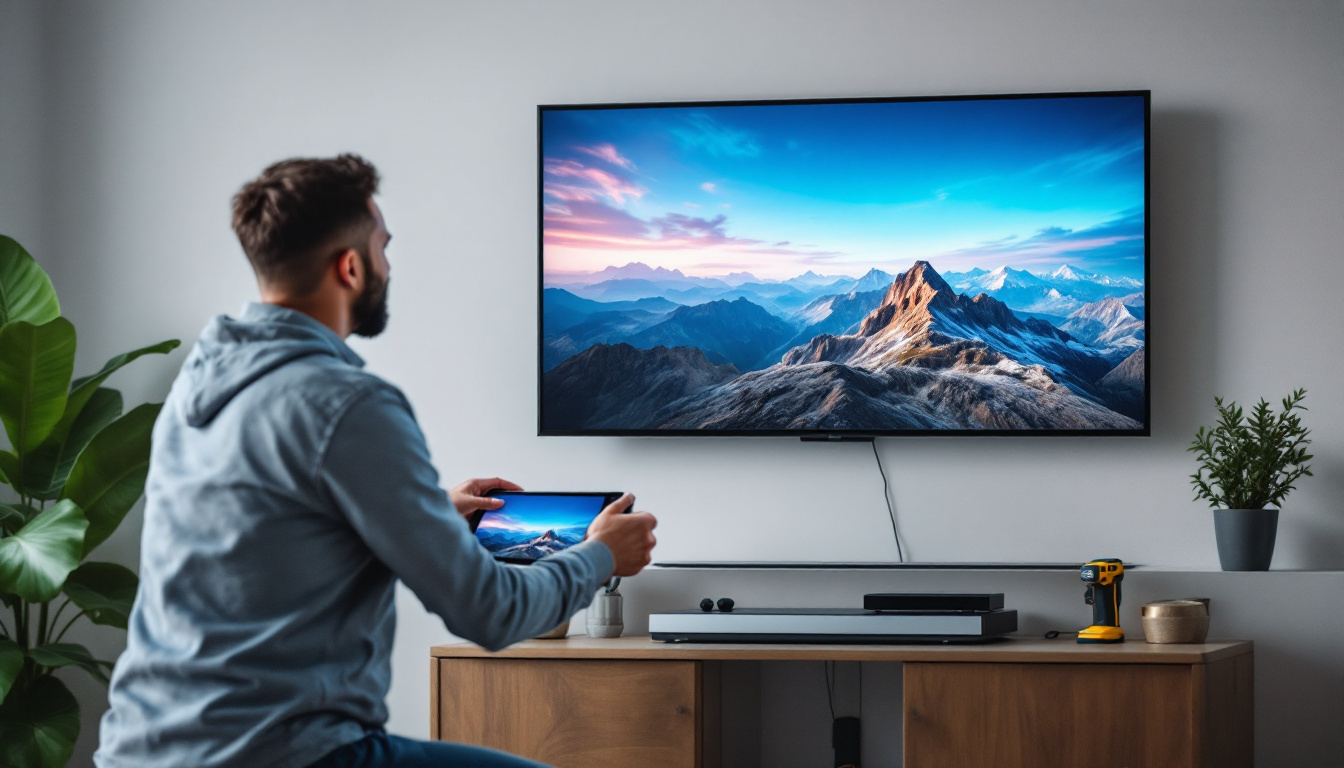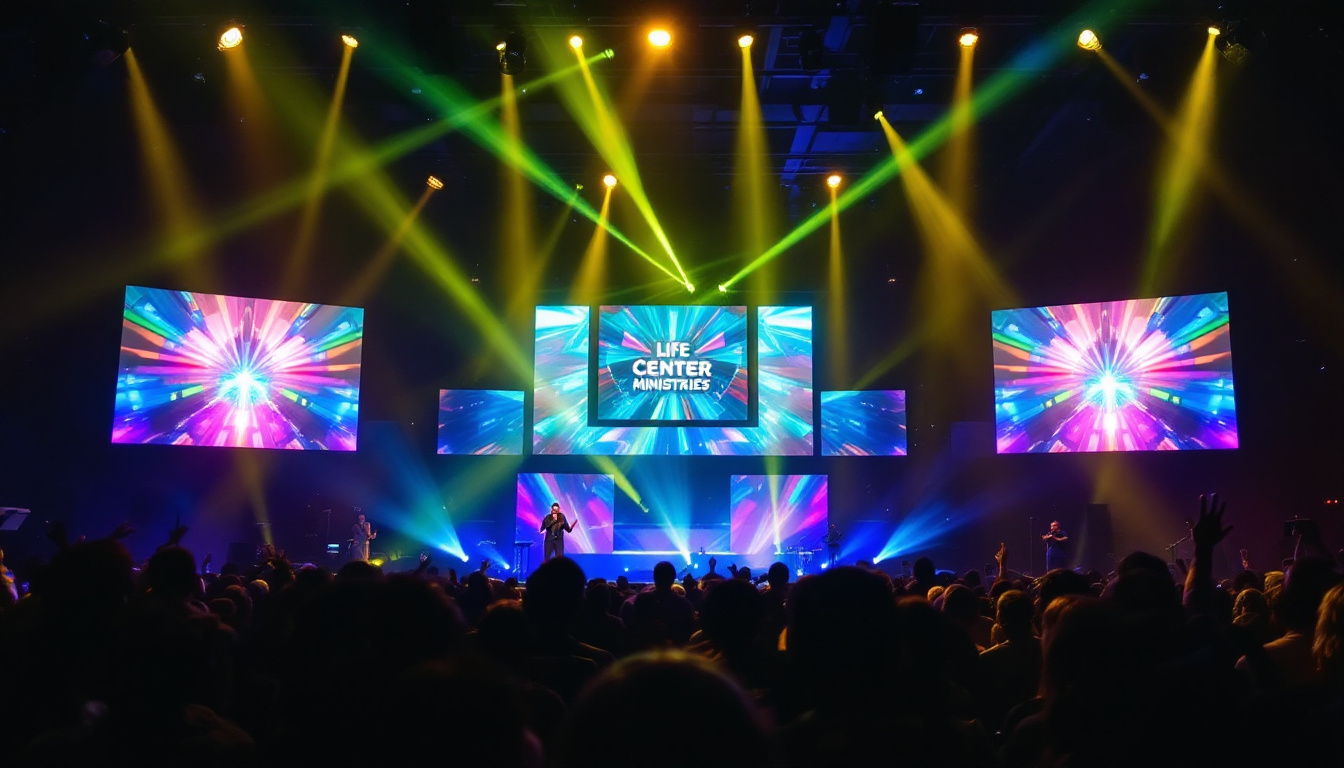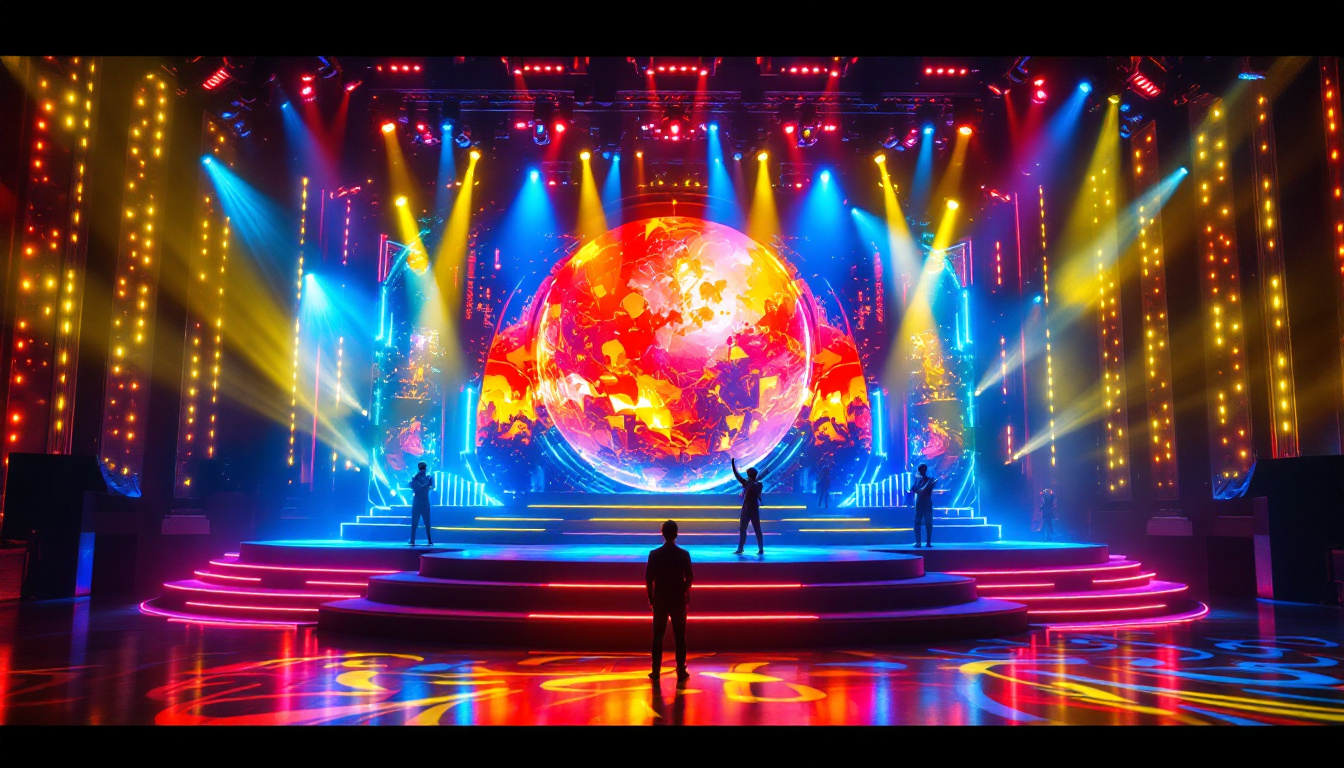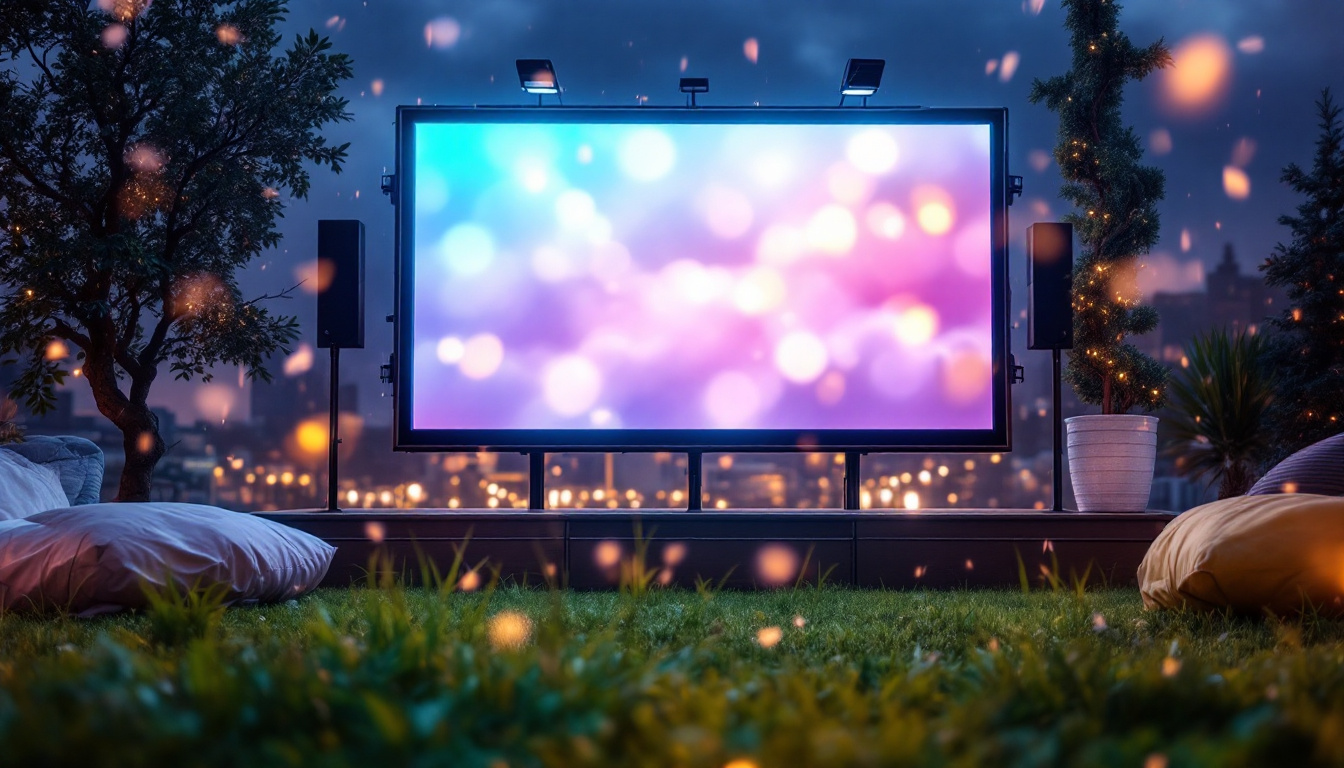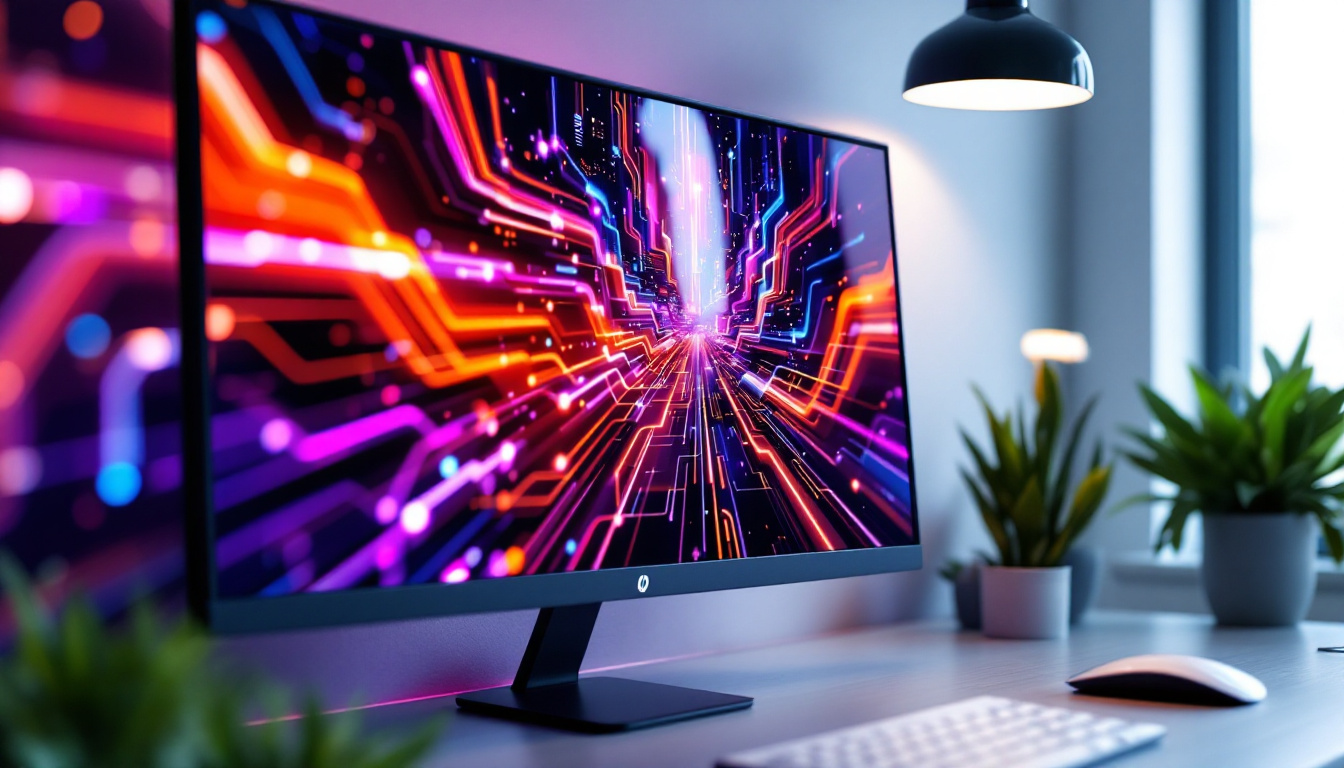The term “jumbotron” has become synonymous with large-scale LED displays, particularly in sports stadiums and public venues. However, this term is just one of many that describe these impressive visual technologies. Understanding the various names and the technology behind LED displays can enhance appreciation for their role in modern communication and entertainment.
What is a Jumbotron?
A jumbotron is a large video display that utilizes LED technology to present high-resolution images and videos. Originally developed by Sony in the 1980s, the name “jumbotron” was derived from a combination of “jumbo” and “monitor.” These displays are commonly found in stadiums, concert venues, and public squares, providing audiences with a clear view of events from a distance.
Key Features of Jumbotrons
Jumbotrons are characterized by their size, brightness, and versatility. They can display a variety of content, including live video feeds, advertisements, and animations. The high brightness levels ensure visibility even in direct sunlight, making them ideal for outdoor use.
Additionally, jumbotrons can be designed in various shapes and configurations, allowing for creative installations that enhance the visual experience. Their ability to integrate with other technologies, such as sound systems and lighting, further amplifies their impact.
Applications of Jumbotrons
The applications of jumbotrons extend beyond sports. They are increasingly used in concerts, festivals, and corporate events. In urban settings, jumbotrons serve as digital billboards, capturing the attention of pedestrians and drivers alike.
Moreover, during significant events like parades or public celebrations, jumbotrons facilitate a shared experience by broadcasting live footage to large crowds, ensuring that everyone can partake in the excitement, regardless of their position in the venue.
Alternative Names for Jumbotrons
While “jumbotron” is a widely recognized term, several other names are used to describe similar LED display technologies. Understanding these alternatives can provide a broader perspective on the industry.
Video Wall
A video wall consists of multiple screens arranged in a grid to create a larger display area. Unlike jumbotrons, which are typically single, large units, video walls can be composed of various screen sizes and configurations. This modular approach allows for greater flexibility in design and can be tailored to fit specific spaces.
Video walls are commonly used in control rooms, corporate environments, and retail spaces, where they can display multiple content streams simultaneously. The ability to customize the layout and content makes video walls a versatile option for many applications.
LED Screen
LED screens are the fundamental technology behind jumbotrons and video walls. These screens use light-emitting diodes to produce images and videos. The term “LED screen” encompasses a wide range of display types, including both indoor and outdoor models.
LED screens are known for their energy efficiency and long lifespan compared to traditional display technologies. They are widely used in advertising, entertainment, and information dissemination due to their vibrant colors and high contrast ratios.
Digital Signage
digital signage refers to electronic displays that convey information, advertisements, or entertainment content. While jumbotrons and LED screens can be considered forms of digital signage, the term encompasses a broader range of display technologies, including LCD screens and projection systems.
Digital signage is prevalent in retail environments, transportation hubs, and corporate offices, where it serves to inform and engage audiences. The flexibility of digital signage allows for dynamic content updates, making it an effective tool for communication.
The Technology Behind LED Displays
Understanding the technology that powers jumbotrons and other LED displays is crucial for appreciating their capabilities. LED technology has evolved significantly over the years, leading to improved performance and versatility.
How LED Displays Work
LED displays function by using an array of tiny light-emitting diodes to create images. Each pixel on the screen is made up of red, green, and blue (RGB) diodes, which can be combined in various intensities to produce a full spectrum of colors. This RGB combination is what allows for the vibrant visuals that LED displays are known for.
The control system of an LED display manages the content that is shown, allowing for real-time updates and changes. This capability is particularly valuable in environments where information needs to be current, such as in news broadcasting or live event coverage.
Advancements in LED Technology
Recent advancements in LED technology have led to improvements in resolution, brightness, and energy efficiency. High-definition (HD) and ultra-high-definition (UHD) displays are now commonplace, providing stunning clarity that enhances the viewing experience.
Furthermore, innovations such as flexible LED displays and transparent screens are opening new possibilities for creative installations. These developments are pushing the boundaries of how LED technology can be utilized in various settings.
Benefits of Using LED Displays
The adoption of LED displays, including jumbotrons, offers numerous advantages that make them an appealing choice for various applications. From energy efficiency to visual impact, the benefits are significant.
Energy Efficiency
One of the most notable benefits of LED displays is their energy efficiency. Compared to traditional display technologies, LEDs consume significantly less power, which translates to lower operational costs. This efficiency is particularly important for large installations, where energy savings can be substantial over time.
Additionally, the long lifespan of LED technology means that replacements are less frequent, further contributing to cost savings and reducing waste.
High Visibility and Impact
LED displays are designed to be highly visible, even in challenging lighting conditions. Their brightness levels can be adjusted to ensure that content is easily seen in both indoor and outdoor environments. This visibility is crucial for advertising and information dissemination, where capturing attention is key.
The dynamic nature of LED displays allows for engaging content that can be updated in real-time, making them more effective than static displays. This capability enhances the overall impact of the message being conveyed.
Versatility and Customization
LED displays are incredibly versatile, suitable for a wide range of applications. From sports arenas to corporate offices, the adaptability of LED technology allows for creative installations that meet specific needs. Customization options, such as size, shape, and resolution, further enhance their appeal.
Whether used for advertising, entertainment, or information sharing, LED displays can be tailored to fit any environment, making them a valuable asset for businesses and organizations.
Challenges and Considerations
Despite the many advantages of LED displays, there are challenges and considerations that must be addressed. Understanding these factors is essential for making informed decisions about their use.
Initial Investment Costs
The initial investment for LED displays can be significant, especially for large-scale installations. While the long-term savings in energy and maintenance costs can offset this initial expense, organizations must carefully evaluate their budgets and expected return on investment.
It is essential to conduct thorough research and consider various options to ensure that the chosen display meets both financial and functional requirements.
Maintenance and Upkeep
Although LED displays are known for their durability, they still require regular maintenance to ensure optimal performance. Dust, dirt, and environmental factors can affect image quality, necessitating routine cleaning and inspections.
Organizations should plan for ongoing maintenance costs and consider the availability of technical support when selecting an LED display solution. A proactive maintenance strategy can help extend the lifespan of the display and maintain its visual impact.
Content Management
Effective content management is crucial for maximizing the benefits of LED displays. Organizations must have a strategy in place for creating, updating, and scheduling content to keep audiences engaged. This may involve investing in content management software and training staff to use it effectively.
Additionally, understanding the target audience and tailoring content to their preferences is vital for achieving the desired impact. Engaging and relevant content can significantly enhance the effectiveness of an LED display.
The Future of LED Displays
The future of LED displays looks promising, with ongoing advancements in technology and applications. As industries continue to explore innovative ways to utilize these displays, new possibilities are emerging.
Integration with Smart Technologies
As smart technology becomes increasingly prevalent, the integration of LED displays with IoT (Internet of Things) devices is on the rise. This integration allows for real-time data sharing and interactive experiences, enhancing the functionality of LED displays.
For example, LED displays can be connected to social media feeds, allowing for live updates and audience interaction. This capability creates a more dynamic experience for viewers and fosters engagement.
Enhanced Interactivity
The future of LED displays also includes enhanced interactivity. Touch-sensitive screens and gesture recognition technologies are being developed, enabling audiences to engage with content in new ways. This interactivity can transform the viewing experience, making it more immersive and participatory.
Such advancements are particularly relevant in retail environments, where interactive displays can drive customer engagement and influence purchasing decisions.
Environmental Considerations
As sustainability becomes a priority for many organizations, the environmental impact of LED displays is gaining attention. Manufacturers are increasingly focusing on creating eco-friendly products that minimize waste and energy consumption.
Future developments may include recyclable materials and energy-efficient designs that align with green initiatives. This shift towards sustainability will not only benefit the environment but also appeal to consumers who prioritize eco-conscious choices.
Conclusion
Jumbotrons and other LED displays play a vital role in modern communication and entertainment. While “jumbotron” is a popular term, understanding the various names and technologies associated with LED displays provides a more comprehensive view of their capabilities.
From video walls to digital signage, the versatility and impact of LED displays are undeniable. As technology continues to evolve, the potential applications and benefits of these displays will only expand, making them an integral part of our visual landscape.
Organizations considering the adoption of LED displays should weigh the benefits against the challenges, ensuring that they make informed decisions that align with their goals. The future of LED displays is bright, and embracing this technology can lead to innovative and engaging experiences for audiences worldwide.
Discover LumenMatrix’s Innovative LED Solutions
Ready to elevate your visual communication with the latest in LED technology? Explore LumenMatrix’s comprehensive range of LED display solutions, designed to captivate and engage your audience. Whether you’re in need of an Indoor LED Wall Display, a dynamic Outdoor LED Wall Display, or specialized options like Vehicle LED Displays and LED Sports Displays, LumenMatrix has the state-of-the-art modules to bring your vision to life. Experience the future of digital signage and create unforgettable visual experiences with LumenMatrix. Check out LumenMatrix LED Display Solutions today and transform your space into a vibrant canvas of possibilities.

